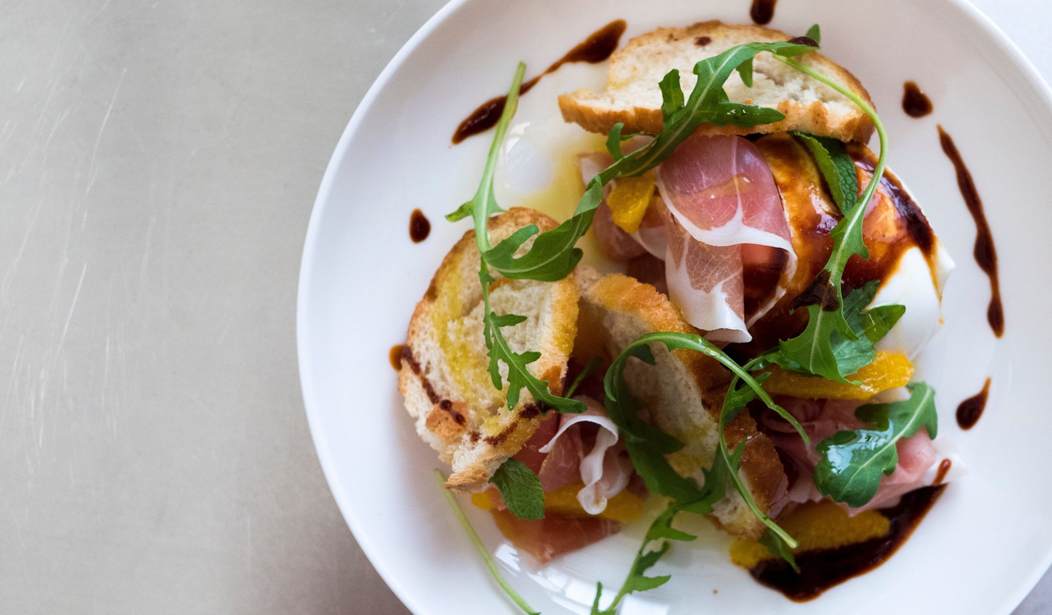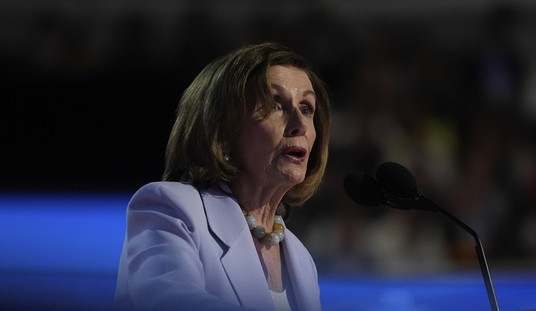The age of the diva chef who acts like an opera or a rock star has been with us for quite a while.
One of my first Philadelphia restaurant jobs was a busboy gig at the Barclay Hotel on Rittenhouse Square. The chef at that time was a soon-to-be-famous local TV chef who later became an international celebrity. His tirades in the Barclay kitchen included acting out with butcher knives and screaming f-word invectives that filtered out into the sea of white linen-covered tables where there were always groups of hatted ladies.
I thanked my lucky stars then that I was just a lowly busboy and out of the chef’s firing range and not one of the haggard-looking, psychologically beaten down waiters, wounded from Chef’s verbal bullets. In fact, Chef was like a mad king because you never knew what would upset him or when or how he would lash out.
“Chef is having a bad day,” the maitre d’ would announce, as if describing a mental patient in a hospital isolation ward. In those days I could well understand why a real artist like Cezanne or Picasso might throw his paintbrush against the wall or even destroy a canvass or two, but I couldn’t wrap my mind around the same sort of emotion spent on creating food items. Food is something you consume at a rapid pace; it was never meant to be an art form.
Art, after all, is something that lasts, not something that winds up in the human stomach, in toilets, and in city sewers. Food is not art, and a chef, no matter how great, is not an artist.
Working a the Barclay Hotel had its perks. In the dining room, I met many of Philadelphia’s movers and shakers. (Years later, while a waiter at John Wanamaker’s Crystal Tea Room, I met Margaret Hamilton, the witch from The Wizard of Oz, whose lined face still conjured up images of munchkins and swirling broomsticks). One day, Philadelphia civil rights pioneer Cecil B. Moore, a politician known for desegregating Girard College, turned to me (in between long puffs of his cigar) and said, “Boy, get me another glass of water.”
True, I was a boy, but Mr. Moore’s use of the word “boy” that afternoon seemed to have a special significance. In fact, I had the distinct impression then that Mr. Moore went around to all the restaurants in town and made it a point to call all the white boys “boy” because he was dead set on making emotional reparations. No doubt Mr. Moore was out to prove a point about civil rights, and I fell into his firing range.
In Wanamaker’s Crystal Room, I barely noticed the chef there, which suggests that he was most definitely not a diva but more of a chef line cook, a mere first among equals. The Crystal Room’s biggest draw was tea sandwiches and soup, an item with about as much chic ambiance as the standard giveaway in homeless soup kitchens. The Crystal Room chef still wore the classic tall white hat, although you’d never catch him walking around the restaurant shaking hands with VIP diners as the “creator” of marvelous minimalist dishes.
Today when a famous chef walks among diners, he shakes hands like a politician despite the fact that his creation has already disappeared into scores of digestive tracts.
When I met celebrity chef Wolfgang Puck many years ago at a press event in Atlantic City, there was so much fanfare you’d have thought that an ex-president was in the room. As fellow journalists clamored to devour Mr. Puck’s latest creation—flat-iron steak with peppercorn sauce and blue cheese butter—I found little difference between Puck’s creation and a “normal” beef kebob found in most Asian eateries. I didn’t dare offer my opinion to the starstruck reporters who ate with gusto and who didn’t seem to have any food issues at all, unlike the pack of journalists I traveled with to Israel some time ago.
During that Israeli tour, one journalist claimed she could only eat gluten-free food; another said she could eat only kosher foods while a third was a strict vegan. The food issues surfaced from our very first meal when the gluten-free writer began bombarding the waiter with questions. Would he list all the menu items that were gluten-free?
At one restaurant the vegan writer turned into a private investigator. “Is this really vegan or is it pescetarian, pollotarian or is it lacto-ovo-vegetarian?”
“Let me see,” the server said, disappearing into the kitchen to check with the chef.
Sometimes advance calls had to be placed to restaurants to make sure that vegan and gluten-free dishes were available. Our press coordinator was not prepared for these food issues. She very nearly had a meltdown when the ritual became especially taxing at a tiny sandwich shop outside of Tel Aviv. All expectations of grabbing a quick bite on the patio of this charming restaurant before our bus headed to Masada ended when the server began taking orders. Once again, the excruciating menu analysis among the foodies became an ordeal comparable to dental surgery. The server, who did not understand what gluten-free was, had to be given an on-the-spot lesson, and even then she struggled to understand the concept.
The server wound up checking with the kitchen several times during the 25-minute ordering process, even as the foodies kept changing their minds the moment they spotted something “purer” on the menu. When they canceled their orders because they decided they really weren’t hungry after all, our tour guide had had it.
“We spent twenty-five minutes driving that poor server crazy, and in the end, we walked out,” she said, shaking her head. But as the tour progressed, things concerning food got worse instead of better.
The quest for culinary purity became so intense that we couldn’t even stop for a water ice or a bagel without the recitation of the gluten-vegan drill. There was some relief from hearing it when we ate at restaurants that offered a buffet where I would watch as the foodies went down the buffet line and quizzed each cook or server about ingredients.
Our tour guide exploded when the gluten-vegan drill slipped into overdrive.
“You Americans and your food issues,” she said, her voice rising two octaves. “I’ve never seen anything like it. No matter where we go to eat, it takes a half hour just to order. In Europe where I grew up, we were trained as children to eat a little of everything. Europeans do not have these issues! You just eat a little of everything and you stay healthy!”
I know people who are lactose intolerant, people who hate mayo, peas, Brussels sprouts, lima beans, liver and onions, and sour cream. I met my first strict vegetarian in Boston at age 20. He was a tall thin man with a very pallid complexion and for the longest time I thought he was battling a fatal illness. After he told me he was a vegetarian, I proceeded to ask him a hundred questions. Is he a vegetarian for religious reasons? Is it about killing animals? What about fish? Then I asked him what he would do if it were discovered that vegetables had some kind of consciousness. Would killing a carrot be like killing a pig? Don’t mushrooms feel pain when they’re picked? I didn’t have the courage to ask him why the so-called “healthier vegetarian diet” made him so unhealthy looking. Of course, there weren’t many vegetarians in the United States in 1974. Vegetarians at that time were associated with Indians in India, Hinduism, and the food in American Hare Krishna temples.
Let me say that while I enjoy some vegetarian foods, I would not want to turn this diet into an obsessive culinary orthodoxy. That’s idolatry and idolatry is forbidden by the Ten Commandments.
Food, not money, is the root of all evil.









Join the conversation as a VIP Member